During my two-year tenure as a Strong Cities, Strong Communities Fellow in Youngstown, Ohio I found myself asking “What is Youngstown’s future? Will it truly recover from Black Monday and the darkest days of deindustrialization, population loss and economic challenges?”
Extreme City: Youngstown is a city of extremes with an inspiring, but sometimes heart breaking history. It is home to important manufacturing, industrial and post-industrial accomplishments, yet it struggles with some of the biggest economic challenges in the nation. Youngstown’s people are seeking a better future for their beloved Mahoning Valley, creating new traditions of community trust in the shadow of a not-always-trustworthy local history.
Youngstown is one of six cities in the United States with a poverty rate above 40%. It is also home to the number one university-affiliated business incubator in the World. After two years working in this city of extremes, I’ve come to learn that Youngstown’s brightest opportunities can be described by three themes: Makers, Millennials and Maple Syrup.
Makers: Youngstown is a place where legions came to work with their hands, to make steel from raw materials, to fabricate the things made from steel, and to build the places to house industry, families, civic life, and local commerce. The maker tradition has always been here; it’s now taking on new life through a blend of new and traditional technologies.
The Youngstown Business Incubator (YBI) hosts several dozen companies, hundreds of people creating business-to-business software, and millions of dollars injected into the local economy.
Youngstown Business Incubator features its “Number One in the World” Ranking.
Youngstown Business Incubator features its “Number One in the World” Ranking.
Along with local start-ups, people and businesses have relocated here from both coasts to take advantage of the low cost of living and incredible support network at YBI.
3-D printing (officially called “additive manufacturing”) is the hot technology for the 21st century “maker movement,” and Youngstown is home to AmericaMakes, the national center for this technology. With a history in traditional manufacturing and fabricating techniques, and investments in new manufacturing technologies Youngstown has the ingredients for developing a competitive advantage in the next generation of “making stuff.”
The Mahoning Valley Manufacturers Coalition hopes to hone this competitive advantage through workforce training in both traditional and advanced manufacturing skills.
Some makers still work individually and by hand. The Oak Hill Collaborative incubator is one example, as home to the small businesses of several “makers.”
“Maker” Incubator Space in Oak Hill Collaborative
“Maker” Incubator Space in Oak Hill Collaborative
Millennials: A key group of Youngstowners have come back home, have recently arrived, or never left. Born after the steel mills shut down in the late 1970s and early 1980s, they see Youngstown not for what it has lost, but for what they can help it become. Leading the change are diverse twenty-and-thirty-somethings, sometimes dubbed the Millennial generation. Here are three of the many who are reinventing Youngstown.
Ian Beniston, Executive Director of the Youngstown Neighborhood Development Corporation (YNDC) is helping to rebuild Youngstown one house, one vacant lot, one block at a time. He returned to Youngstown with a Masters Degree and professional experience from elsewhere. Characteristic of the millennial generation, Beniston is focused and passionate about YNDC’s role making change happen. He’s been instrumental in YNDC’s rapid pace of success and has attracted a cadre of other focused young professionals to YNDC’s work. After only five years in operation, YNDC was recognized in 2014 as Ohio’s Community Development Corporation of the Year.
Staff and Volunteers of the Youngstown Neighborhood Development Corporation celebrate their CDC of the Year Award.
Staff and Volunteers of the Youngstown Neighborhood Development Corporation celebrate their CDC of the Year Award.
Public library executive director Heidi Daniel is a Michigan native, recruited to Youngstown from the Houston library system two and a half years ago. Daniel exemplifies the new generation of librarians: technology-savvy information evangelists.
Public Library of Youngstown & Mahoning County
Technology-savvy Public Library Director Heidi Daniel
She is building on an already excellent public library system by introducing programs that take the library out to the community, by providing new learning experiences such as “makerspaces,” and by focusing on financial sustainability, earning the public’s trust and exceptional community service.
Dominic C. Marchionda of NYO Property Group and a city planner with the Youngstown State University Center for Urban and Regional Studies returned to Youngstown after graduate school and several years in city planning. He initiated the Downtown Economic Action Group that is seeking to transform the physical environment in the downtown and the way downtown businesses interact with the public, City government, and each other.
Maple Syrup: The Rocky Ridge Neighborhood Association brings together residents in a neighborhood next to Youngstown’s magnificent 1890s Mill Creek Park. This group is improving their neighborhood by building on rediscovered history and the local foods movement. Rocky Ridge is adjacent to the portion of the 2,800 acre Mill Creek Park that houses a 70 year old maple grove, which until a few years ago had never been tapped.
Rocky Ridge Neighborhood Association
Rocky Ridge Sugar House in Mill Creek Park
The Rocky Ridge neighbors organized the effort to make the now-popular Mill Creek Maple Syrup and helped create the Rocky Ridge Sugar House. Proceeds from sale of the syrup are used for neighborhood and park improvement projects. The group’s next endeavor is Mill Creek Maple Cotton Candy, made possible with the purchase of a cotton candy machine using $700 from Youngstown SOUP, a micro-granting, crowd-funding dinner that supports creative community projects in Youngstown. While the city has continued to lose population, the Rocky Ridge neighbors are finding ways to re-instill pride to stem that tide.
Mill Creek Maple Syrup is one small example of the power of the local foods movement in Youngstown. Other examples include: Catullo Prime Meats, Flannel Farms, Iron Roots Urban Farm and their free cooking and urban farming classes, the Idora Neighborhood Farmers Market, and the Common Wealth Kitchen Incubator.
Community Aspirations: One of the most encouraging initiatives I was involved in during my two years in Youngstown was a series of community conversations guided by the principles of the Harwood Institute for Public Innovation. These community conversations are bringing to the forefront Youngstown’s aspirations and a sense of purpose for the community’s future. The work has been supported by Youngstown Rotary, the public library and other civic and business organizations.
Distilled from the common themes that arose during the community conversations is the following community narrative:
“To have the kind of community we want, we need to connect people, neighborhoods, and local governments. Authority figures are not necessarily trusted leaders, so we need to take individual and collective responsibility. Public processes need to become more transparent and our shared understanding of leadership needs to be expanded so that everyone who wants to contribute receives support from others and knows they can make a difference. If we do this, we will improve trust, build relationships and create a community where we are all willing to work for the common good.”
When Youngstown’s citizens “own” this community narrative and work collectively to accomplish the leadership changes they aspire to, then Youngstown will have a bright future indeed.
To read the full story from Urban Current, click here.
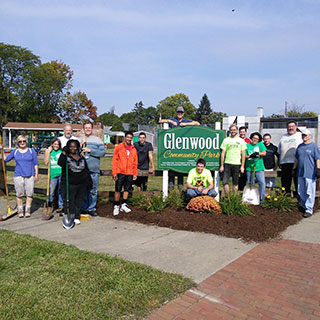 ,
, 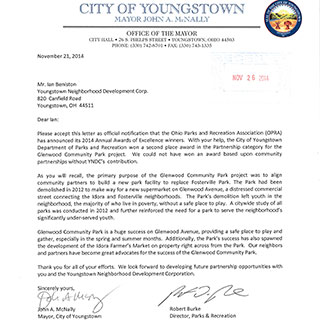 ,
, 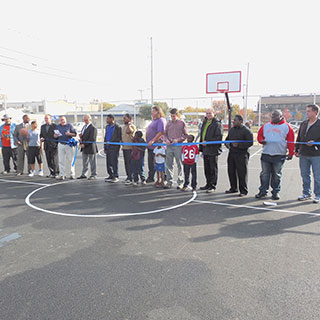 ,
, 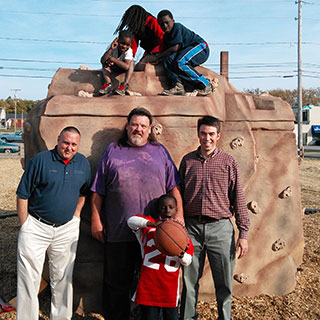 ,
, 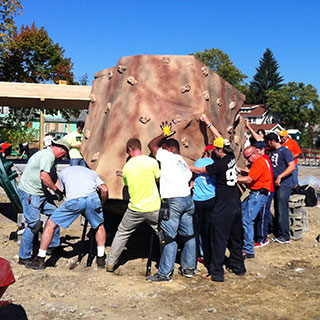 ,
, 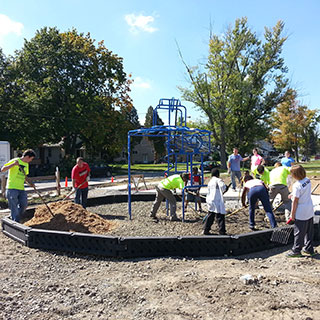 ,
, 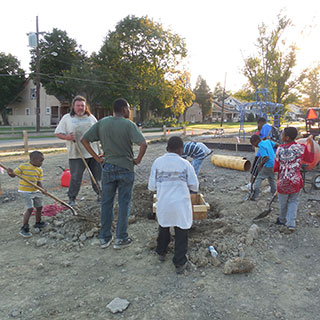 ,
, 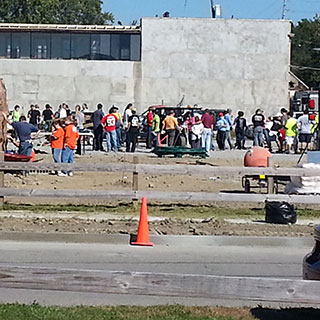
 ,
,  ,
,  ,
,  ,
,  ,
,  ,
,  ,
, 
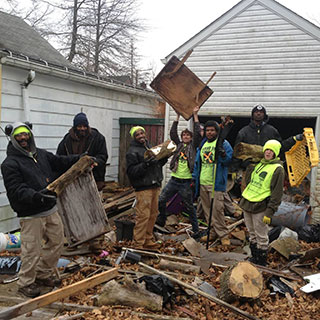 ,
, 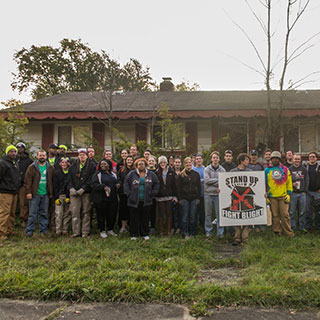 ,
, 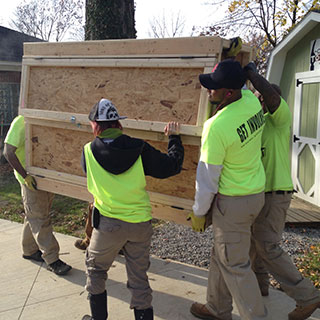
 ,
,  ,
, 
